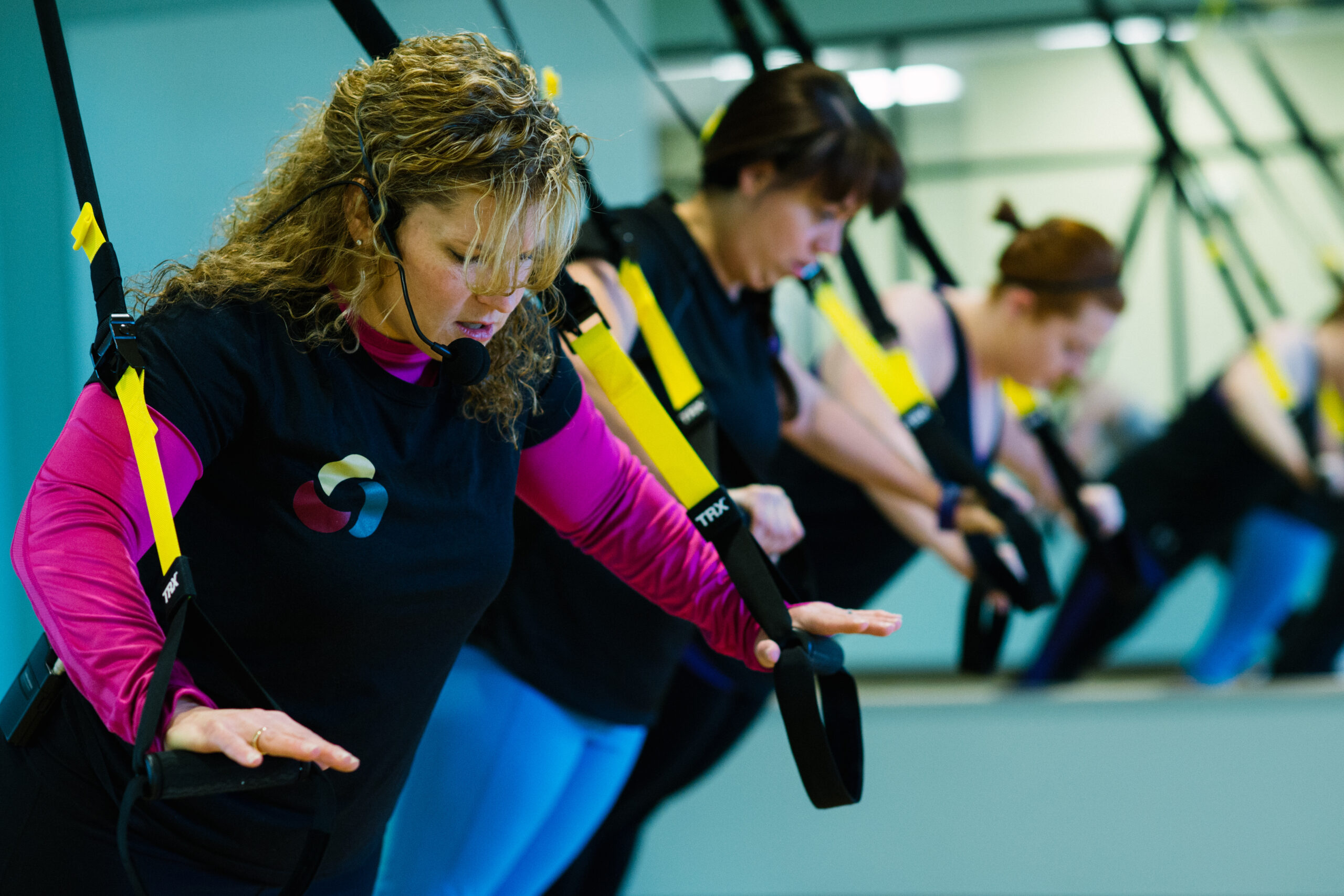This is your brain on Cross fit.
Our Bodies Are Meant to Move.
It is pretty obvious that exercise is good for our heart, lungs and muscles. That fact was pounded into our heads, starting with kindergarten PE class and campaigns such as “Jump Rope for Heart!” Physical activity also improves your brain health—helping you think, learn, problem-solve, and balance your emotions. While the former seems to be common knowledge, why is it still so hard to make it a routine?

TRX is great for cross training!
The good…
My number one goal with friends, family, clients, patients, and my own children is to keep them moving, so that they can be strong and have the endurance to do what they need or the hobbies they love. I recognize that there are certain types of activities or forms of exercise that each of us gravitate towards. It may be because:
~ The exercise you were taught at an early age
~The activity you find most natural or easy or
~ Simply, the movement you are most comfortable with.
I applaud all of you for getting out and doing ANY exercise, but I want to encourage you to try something new or even a COUPLE new types of exercise activies in the coming weeks
the bad …
Doing the same exercises regularly has a couple of downfalls:
First: research has shown that our brain and muscles go into autopilot, which will lead to less caloric burn, less muscle recruitment and less cardiac output.
Second: the risk of boredom is high. Motivation to get out of bed or leave from work to do your daily exercises starts to wane when your routine lacks new energy or becomes too redundant.
Lastly: the wear and tear struggle is real. Your joints perform better and will last longer when they are moved in all directions. The greater amount of muscles working around a joint, the more stable the area becomes, which results in less degredation.
and the (not so) Ugly.
For example: a basketball player may swim, cycle, lift weights, etc. during the off season.
However, cross-training simply means using all types of movement to balance and counterbalance all parts of your body. So, next time you are lacing up a pair of tennis shoes to go on that same running trail, consider moving your body in a NEW direction.
As always, let us know if you need ideas on new exercise options, or find that your strength, endurance, flexility or pain is stopping you from this new adventure!
We’d love to hear from you. What’s your activity of choice and how do you cross train it?
~ Carrie Smith, DPT

